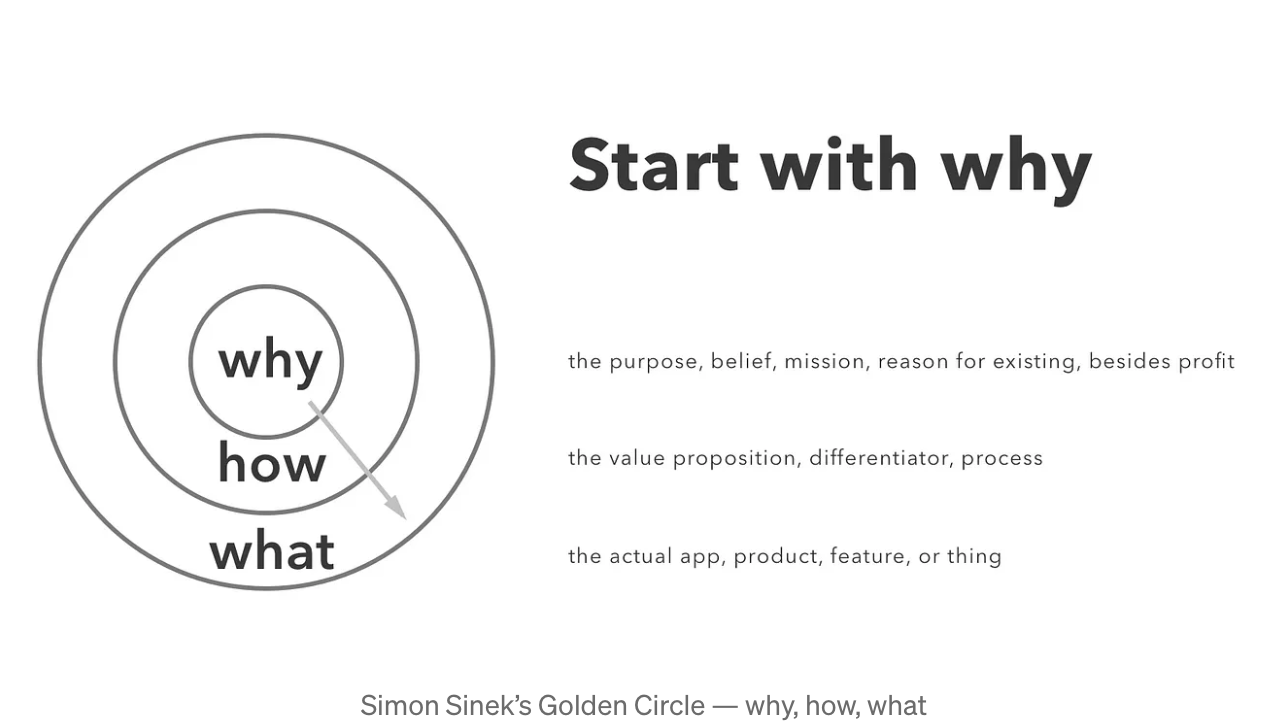Start with Why #

Study Case: New PI project #
Why-how-what mindset can be used in organizing the framework of this project.
Mission: Design a new set of PI feature for Midea Group built-in products.
Why: Why we launch this project? What is our vision? #
The company is trying to develop Midea as a global-renowned brand, and build up the “surprisingly friendly” brand awareness to users across the world. Although Midea has extended to various overseas markets, it has limited market share in many key markets.
BSH, with similar features as Midea Group, has much greater performances as a global brand. Through analysis, we found that it has three strategies:
-
Mutual platforms ultilized in different subsidiary brands and regions
-
Mutual PI for a single subsidiary brand
-
Under the holistic PI, defining category-featured PI for each category (e.g. hood, gas hob)
Therefore, we need to systematically sort of the platform of Midea brand and define the holistic PI and category-featured PI.
How: How can we do it? #
Two-stage benchmarking
-
Global counterpart: BSH
-
Regional counterparts: TOP3 brands in the key markets of each category
And the benchmarking was presented in three dimensions:
- technical module:
For hoods, it involves shape (Angled, T-shape, Box-in, and full built-in), corresponding platform, volume (m3/h);
- UX module: the touch point for users, which mainly refers to the control methods;
For gas hobs, it involves the knob and fire control & silk screen guides;
- Appearance module, which includes all the visual-related components;
For hoods, it includes the front board, UI, and light;
For gas hobs, it includes the surface board, and pan support.
What: What do we exactly do? #
The PI strategy can be organized into a table like this:
